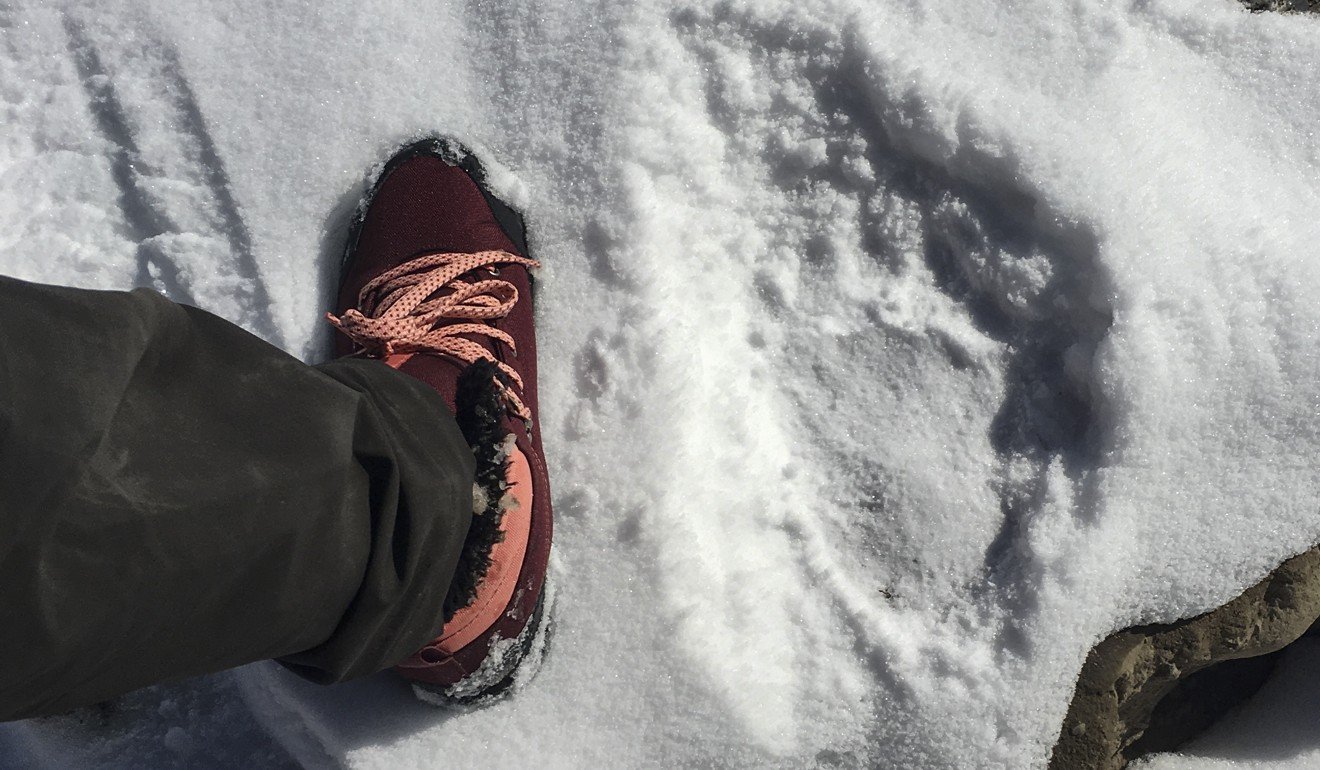
Himalayan brown bear safaris in India – all you need to know about seeing one of the world’s rarest animals
New tourism venture hopes to increase awareness of the critically endangered species that is already extinct in Bhutan, and to provide employment and income for local people, in the second coldest inhabited place on Earth
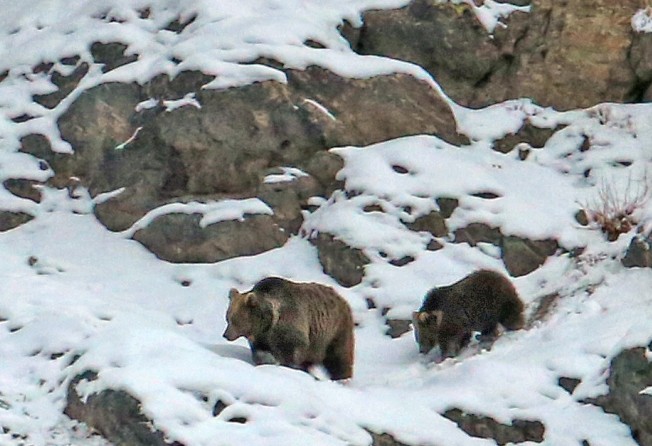
We are up early, 5.30am. We have to be if we are to get into position to spot India’s largest predatory mammal, the Himalayan brown bear, before the sun rises.
Already extinct in Bhutan, the Himalayan brown bear numbers less than 200 in Pakistan. India could be the last remaining habitat with significant numbers although there are estimated to be between 500 to 700 left.
We’re in a small village near Dras, in India’s Kargil district of Jammu and Kashmir. Dras is best known for two things: being shelled heavily by Pakistan during the conflict of 1999 and for being the second coldest inhabited place on Earth. At -17 degrees Celsius, it’s a bracing start to the day.
The expedition we are on is the brainchild of two young men, Surya Ramachandran, a 27-year-old engineer turned naturalist from southern India, and Muzammil Hussain, a 31-year-old entrepreneur from Kargil. As a child, Hussain experienced the India/Pakistan conflict in 1999 first hand – bombs had landed in his schoolyard – and he was keen for the Kargil area to be known for something other than the war. Together in the summer of 2016 they scouted the region, observed the wildlife and put together a package, which involved the local community and provided much needed employment and exposure of the species’ plight.

Our group of eight – six friends from India, my wife and I from Hong Kong – gulp down some hot tea and line up outside the village house rented for our stay, dressed in every item of warm clothing we have carried.
We climb onto mules and our local guides lead us up the mountainside looming in the dark above us. The cold in my toes has spread to the rest of my feet and I am starting to lose any feeling below my ankles. Removing my feet from the stirrups I let them hang, hoping the blood will flow more freely, but this presents another problem. My mule wasn’t designed for my height and my feet regularly brush the rocks on each side of the path.

It takes an hour and a half to reach the top, a large snow-covered meadow bounded at each end by a rocky peak. The camera equipment and high-powered telescopes are offloaded and the mules are set free to find grazing among the snow while we climb the short distance to the peak. It’s a short climb, but the thin air at 3,280 metres means any form of physical exertion is difficult. Every few steps we pause for breath, taking in half the oxygen available at sea level with each gulp of air.
At the top our guides establish a makeshift camp, setting up the telescopes on tripods and opening up camp chairs. We pass around steaming cups of tea and biscuits.
Despite the cold, our mood is jovial, surrounded as we are by an awesome display of nature’s beauty. The sun is now up, the sky a cloudless deep blue and the snow-clad hills and mountains gleam and glisten. From here we can see all the way down the Mushkoh Valley to Dras, Bhimbat and beyond. Rising up to the north are the peaks of the Tololing Range separating India from Pakistan and to the south another mighty range rises behind us. Apart from the tiny dwellings in the valley far below there is no sign of another human being.
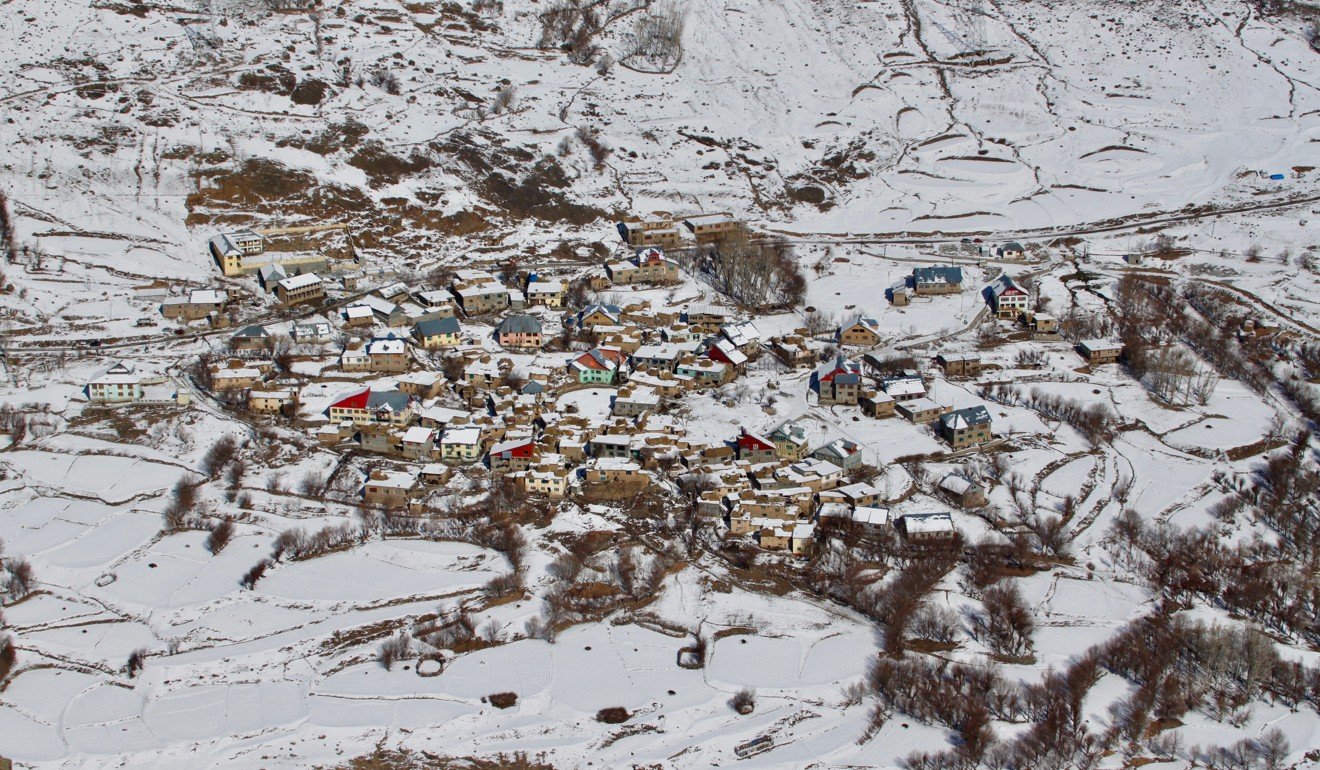
Before long every rock starts to resemble a bear, a wolf, even a hippo. The eyes become tired, boredom sets in, motivation drops off. At least this is what happens to me, so after five minutes or so I leave it up to the spotters who continue to scan the hillsides for more than two hours.
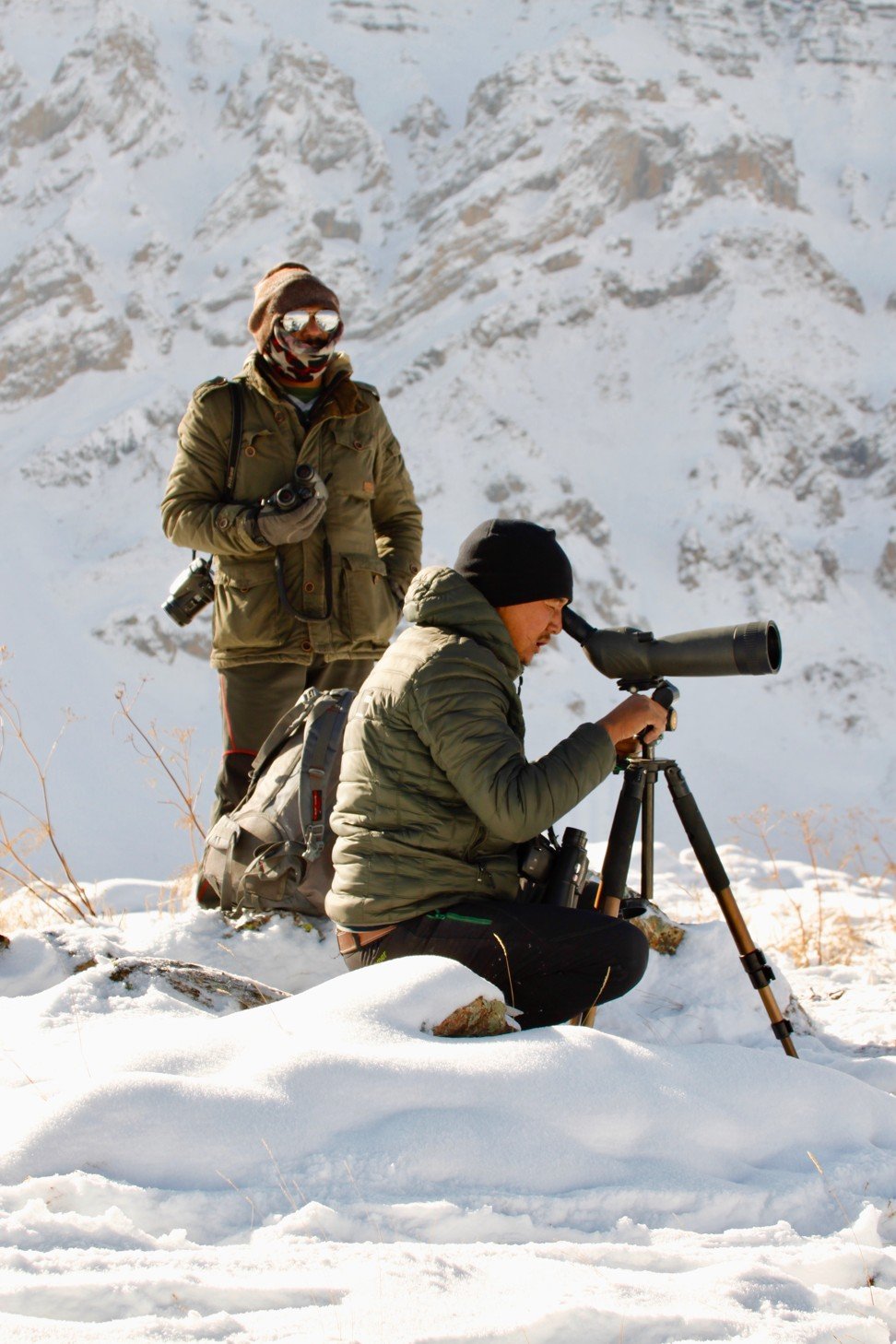
By mid-morning, without a single living creature spotted, we call time. It’s unlikely a bear will be seen moving around this late in the morning, but our spirits remain high, the sun having warmed everyone. We pack up camp, which is loaded onto the mules who are set free to descend on their own, and we follow behind, enjoying the incredible view.
At the bottom of the mountain, we spy a trail of footprints in the snow leading from the village. Bear tracks. Big ones. Each footprint twice the size of our own. The previous night we had been awoken around 2.30am by dogs barking. Now we knew why. A bear had been roaming around the village while we slept.

Late that afternoon we set out again, this time in cars, along the narrow road that runs along the bottom of the Mushkoh Valley. The spotters survey the mountainsides, scanning each area before moving on to the next. At a village, some local men mention that they have seen a bear moving on the hillside and point us in the right direction. Excited, we jump in the vehicles and drive a little further down the valley before jumping out and scanning the slopes again.
One vehicle moves ahead with another team of spotters to check the hillside further along. After a few minutes, the vehicle races back towards us, lights flashing, the driver holding three fingers up in the windscreen. We jump into our vehicle and race up the road, slowing as we see the three spotters gathered around a scope and pointing at the mountainside. We disembark, quietly pushing the doors closed, and look in the direction they are pointing. We can’t see anything.
“Take a look through the scope, says Stanzin Farma, the head wildlife spotter.
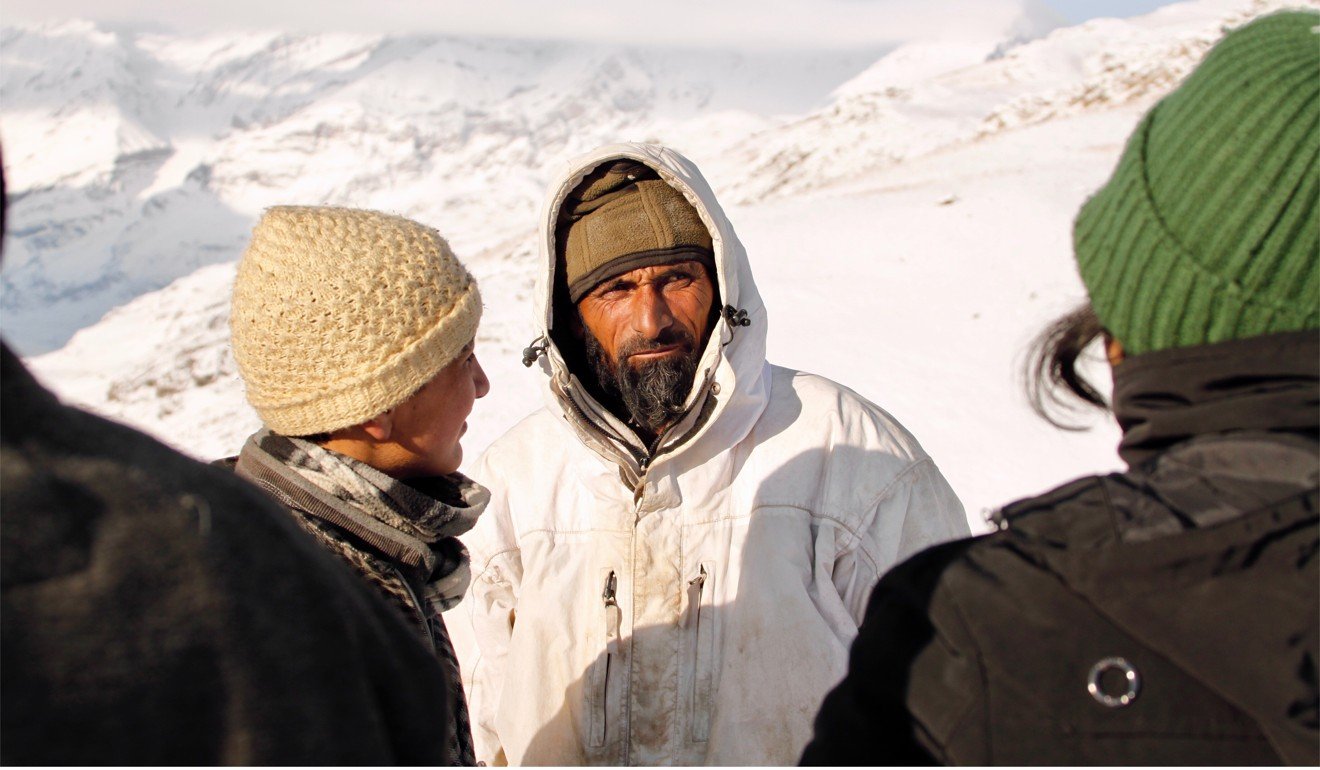
At first I don’t see anything, but then one of the rocks moves – and then another – and as my eyes make sense of what I am seeing I realise it is a mother and her two cubs, crossing the hillside. She is huge, fattened up for hibernation, yet she moves gracefully without any effort. Behind her the cubs tumble and fall, throwing up plumes of snow as they right themselves and race to keep up.
“Two more.” We glance over – another spotter has spotted another mother and cub with his binoculars, moving in the same direction, perhaps a kilometre ahead of the first three. Taking turns on the scopes we watch the five bears for about 20 minutes as they travel the slope, laughing at the antics of the cubs.
They are too far away for us to take decent photographs, so we content ourselves observing them through the eyepiece of the telescopes. Shaky, blurred in places, but a useful memento of our sighting.
Before heading back, we congratulate the hardworking spotters, thanking them for their efforts. If it hadn’t been for their persistence, dedication and trained, sharp eyes we would never have seen this magnificent animal in its natural habitat.
Getting there: There are daily flights from Hong Kong to Delhi with Cathay Pacific and Air India and several daily local connecting flights to Leh.
When to go: The best time to visit is from April to the end of November, after which the bears will hibernate.
The Brown Bear Safari was organised by snowleopardlodge.com